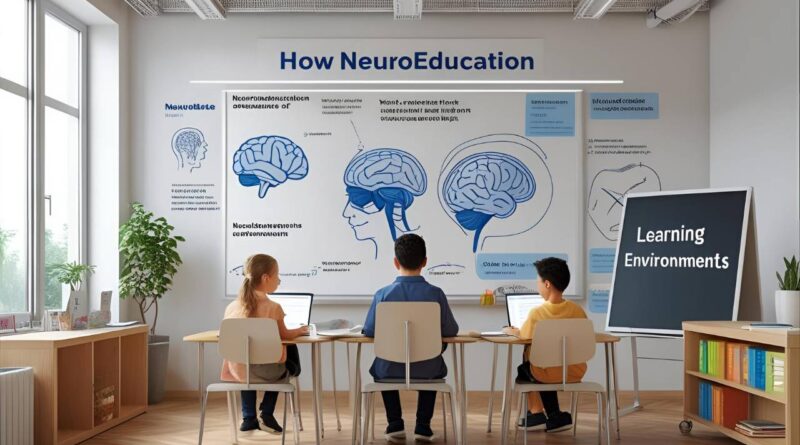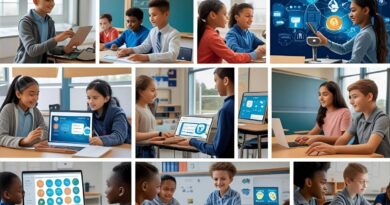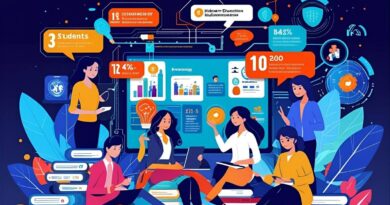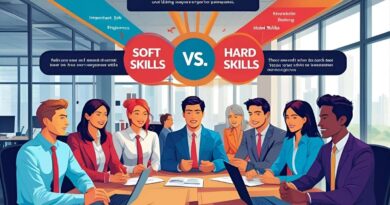How Neuroeducation Transforms Learning Environments
Introduction to Neuroeducation
Let’s face it—traditional classrooms haven’t changed much in decades. But our understanding of the brain? That’s exploded. Neuroeducation is where the classroom and the neuroscience lab shake hands. It’s the cutting-edge fusion of how our brains work and how we learn best. This science-backed approach is turning outdated education systems into dynamic, engaging spaces where students don’t just memorize—they thrive.
The Science Behind Neuroeducation
Brain-Based Learning Explained
At its core, brain-based learning recognizes that education isn’t just about content—it’s about how the brain processes, stores, and retrieves information. Think of it as teaching with a user manual for the brain.
The Role of Cognitive Neuroscience in Education
Cognitive neuroscience digs into how attention, emotion, and memory work—key functions in learning. When teachers understand these, they can tailor instruction to align with students’ natural cognitive rhythms.
Key Principles of Neuroeducation
Neuroplasticity and Its Impact on Learning
Neuroplasticity is the brain’s superpower—the ability to change and rewire itself. With practice and the right strategies, even struggling learners can build new neural pathways and develop new skills.
Emotional Regulation in Academic Performance
Ever tried learning while stressed or upset? Emotional regulation is crucial for absorbing new information. Neuroeducation emphasizes teaching students how to manage emotions for better focus and retention.
Attention, Memory, and Executive Function
These cognitive abilities shape everything from note-taking to problem-solving. Neuroeducation boosts these through targeted exercises and teaching strategies that sharpen focus and memory recall.
Neuroeducation vs Traditional Education
Shifting from Rote Learning to Meaningful Learning
Gone are the days of memorizing for the test. Neuroeducation prioritizes conceptual understanding and critical thinking, promoting deeper learning that sticks.
Bridging the Gap Between Teaching and Brain Science
Most teachers aren’t trained neuroscientists—but neuroeducation gives them the tools to use science-informed strategies that dramatically improve student outcomes.
Neuroeducation in the Classroom
How Teachers Can Apply Brain-Friendly Strategies
From starting the day with mindfulness to incorporating movement and storytelling, neuroeducation offers simple yet powerful techniques to energize any classroom.
The Importance of Multisensory Instruction
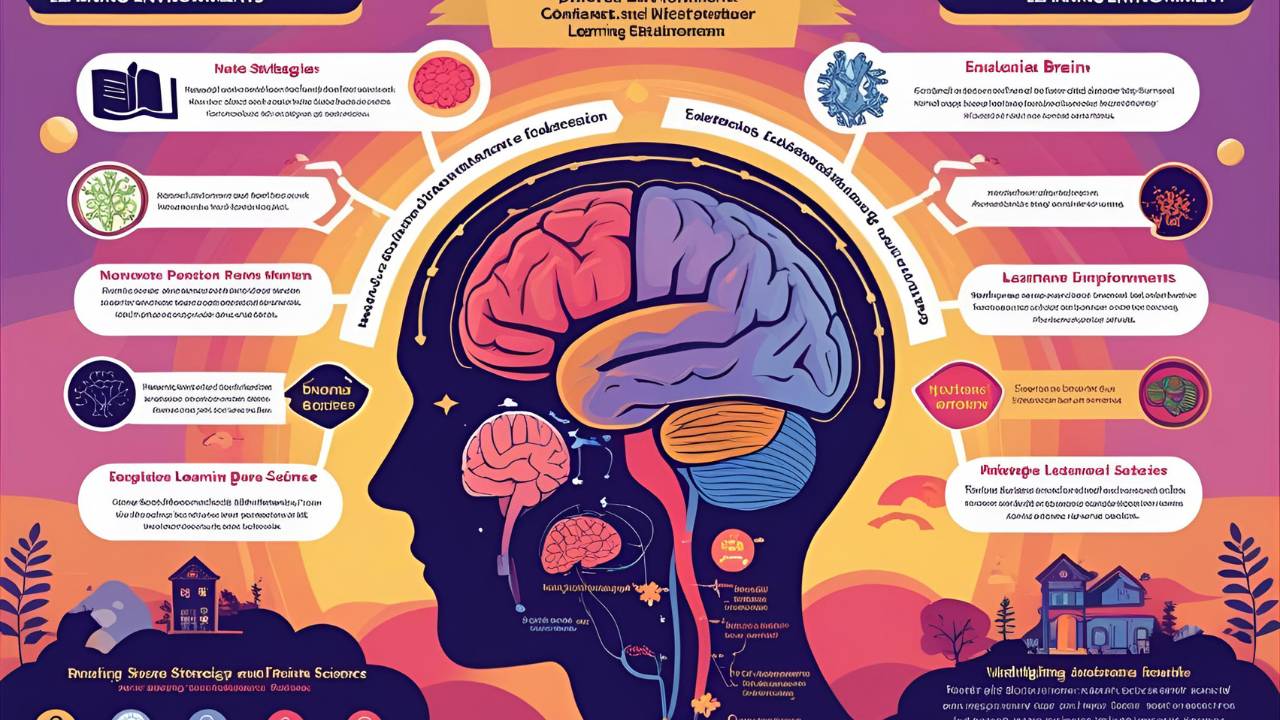
Students learn better when multiple senses are engaged—think visual aids, hands-on activities, and auditory reinforcement. It activates more brain areas and strengthens learning pathways.
Differentiated Instruction and Student Variability
One size doesn’t fit all. Neuroeducation embraces diversity in learning styles and supports personalized learning paths to meet individual needs.
Role of Emotions in Learning
The Emotional Brain and Decision-Making
Our brains are wired to prioritize emotions. The amygdala acts like a filter—if it’s hijacked by stress, learning takes a back seat. Neuroeducation helps neutralize emotional roadblocks in students.
Creating Emotionally Safe Classrooms
When students feel safe, supported, and understood, their brains are free to learn. Building trust and emotional connection fuels cognitive growth.
Technology and Neuroeducation
Using Neurofeedback and Educational Apps
From EEG headbands that track focus to apps that build memory and attention, technology is bringing neuroeducation to life in real time.
Virtual Reality and Immersive Learning
VR makes abstract concepts tangible and unforgettable. Imagine walking through the human brain instead of reading about it—mind-blowing, right?
Neuroeducation and Special Needs
Helping Students with ADHD, Dyslexia, and Autism
Inclusive Classrooms Built on Brain-Based Strategies
Instead of forcing all learners into one mold, neuroeducation embraces neurodiversity, allowing every student to succeed in their own way.
Enhancing Student Engagement
Gamification of Learning
Learning doesn’t have to be boring. By using game-like elements—points, levels, rewards—students stay motivated and engaged longer.
Active Learning and Cognitive Stimulation
Engaging the brain is like working out a muscle. Activities like debates, projects, and problem-solving keep the brain flexible and responsive.
Teacher Training and Neuroeducation
Equipping Educators with Neuroscience Knowledge
Professional development that includes neuroscience gives teachers tools to recognize student brain states, adapt lessons, and improve retention.
Continuous Professional Development
As the science evolves, so should teaching. Ongoing learning ensures educators are always equipped with the latest research-based strategies.
Measuring the Impact of Neuroeducation
Research Findings and Case Studies
Studies show that neuroeducation increases student achievement, attention span, and emotional intelligence. Schools adopting it report improved outcomes across the board.
Real-World Success Stories
From Finland’s classrooms to U.S. charter schools, neuroeducation is proving it can revolutionize learning outcomes when done right.
Policy and Institutional Support
Education Policies Embracing Brain-Based Learning
Countries and school boards are slowly integrating neuroscience into policy, funding, and curriculum standards—laying the groundwork for widespread adoption.
School Leadership and Support Systems
School leaders play a crucial role in promoting neuroeducation, allocating resources, and encouraging teacher innovation.
Challenges and Criticisms
Misinterpretations of Neuroscience in Education
Neuromyths like “we only use 10% of our brain” still float around. It’s vital to base teaching on real science, not pop culture myths.
Overhype vs. Practical Implementation
While the promise is exciting, implementation must be grounded, realistic, and teacher-friendly, or it risks becoming another passing trend.
The Future of Neuroeducation
AI Integration with Neuroeducation
AI can analyze learning patterns and brain data in real-time, helping create custom learning journeys for every student.
Predictive Learning Models Based on Brain Data
Imagine knowing in advance which students need help—AI + neuroscience could give teachers supercharged insights.
Conclusion
Neuroeducation is not just a buzzword—it’s a revolution. By aligning teaching with how the brain actually learns, we’re unlocking potential in every student, every day. The fusion of neuroscience and education is transforming classrooms into thriving, adaptive ecosystems. The sooner we embrace it, the brighter our educational future becomes.
FAQs
1. What is the main goal of neuroeducation?
The main goal is to apply neuroscience insights to improve teaching strategies, student engagement, and learning outcomes.
2. Can neuroeducation help struggling learners?
Absolutely. Through techniques like cognitive training and emotional regulation, it supports students with different learning needs.
3. Do teachers need a neuroscience degree to use neuroeducation?
Not at all. Basic understanding and training can empower educators to use brain-friendly techniques effectively.
4. Is neuroeducation only for younger students?
Nope! It’s beneficial across all age groups—from kindergartners to adult learners.
5. What’s the biggest myth about neuroeducation?
That it’s complicated or only for elite schools. In truth, it’s practical, accessible, and adaptable to any learning environment.
